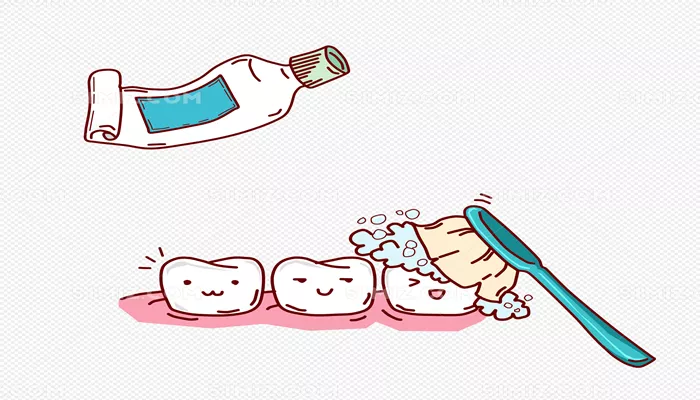Orthodontics is a branch of dentistry that focuses on the diagnosis, prevention, and correction of malocclusions—irregularities in the alignment of teeth and jaws. One specific type of orthodontic treatment is obstructive orthodontic treatment, which serves a distinct purpose in addressing certain dental and oral health issues. This guide aims to provide a comprehensive understanding of obstructive orthodontic treatment, including its purpose, types, and benefits.
Introduction to Obstructive Orthodontic Treatment
Orthodontics involves the use of appliances such as braces, retainers, and other devices to align teeth and jaws properly.
Malocclusions can lead to various problems, including difficulty in chewing and speaking, increased risk of tooth decay and gum disease, and aesthetic concerns. Obstructive orthodontic treatment is a specific approach used to address certain types of malocclusions that involve obstructions or impediments to normal tooth movement and jaw development.
Types of Obstructive Orthodontic Treatment
Obstructive orthodontic treatment can be categorized into several types based on the specific issue being addressed and the appliances used. Here are some common types:
Space Maintenance
Purpose: Space maintenance involves preserving the space needed for erupting teeth. This is crucial in cases where teeth are missing or have been extracted prematurely.
Appliances: Space maintainers, such as bands and wires or removable appliances, are used to hold the space open until the permanent teeth erupt.
Benefits: Proper space maintenance ensures that erupting teeth have enough room to align correctly, preventing overcrowding and other alignment issues.
Crossbite Correction
Purpose: A crossbite occurs when the upper and lower teeth do not align correctly when biting down, causing one or more upper teeth to bite inside the lower teeth.
Appliances: Palatal expanders, fixed appliances, or removable appliances may be used to widen the upper jaw and align the teeth properly.
Benefits: Correcting a crossbite improves chewing efficiency, reduces the risk of tooth wear and gum disease, and enhances the aesthetic appearance of the smile.
Impacted Teeth Treatment
Purpose: Impacted teeth are teeth that are prevented from erupting into their proper position due to lack of space, obstruction by other teeth, or other factors.
Appliances: Surgical intervention may be necessary to expose the impacted tooth, followed by the placement of braces or other appliances to guide the tooth into its correct position.
Benefits: Treating impacted teeth prevents potential problems such as tooth decay, gum disease, and cyst formation. It also ensures that the teeth are aligned properly, contributing to overall oral health and function.
Anterior Crossbite Correction
Purpose: An anterior crossbite involves one or more upper front teeth biting inside the lower front teeth.
Appliances: Fixed appliances, such as braces, or removable appliances may be used to correct the alignment of the front teeth.
Benefits: Correcting an anterior crossbite improves the bite and chewing function, enhances the aesthetic appearance, and reduces the risk of tooth wear and gum recession.
Benefits of Obstructive Orthodontic Treatment
Obstructive orthodontic treatment offers numerous benefits, both in terms of functional and aesthetic outcomes. Here are some key benefits:
Improved Chewing Efficiency: Correctly aligned teeth allow for more efficient chewing, which aids in proper digestion and overall nutrition.
Reduced Risk of Dental Problems: Properly aligned teeth are easier to clean, reducing the risk of tooth decay, gum disease, and other dental problems.
Enhanced Aesthetic Appearance: A straight and well-aligned smile enhances facial aesthetics and boosts self-confidence.
Prevention of Future Problems: Addressing obstructive issues early can prevent more complex and costly treatments in the future.
Improved Speech: Correct alignment of teeth and jaws can improve speech clarity and reduce the likelihood of speech impediments.
Conclusion
Obstructive orthodontic treatment is a specialized approach to addressing specific dental and oral health issues that involve obstructions or impediments to normal tooth movement and jaw development. By using various appliances and techniques, orthodontists can correct malocclusions that may cause functional and aesthetic problems. The benefits of obstructive orthodontic treatment are numerous, including improved chewing efficiency, reduced risk of dental problems, enhanced aesthetic appearance, prevention of future issues, and improved speech.Choosing the right orthodontic treatment plan requires a thorough evaluation by a qualified orthodontist, who will assess the specific needs and goals of each patient. If you or your child is experiencing orthodontic issues, consulting an orthodontist is the first step in achieving a healthy, straight, and beautiful smile.
Related topics:

